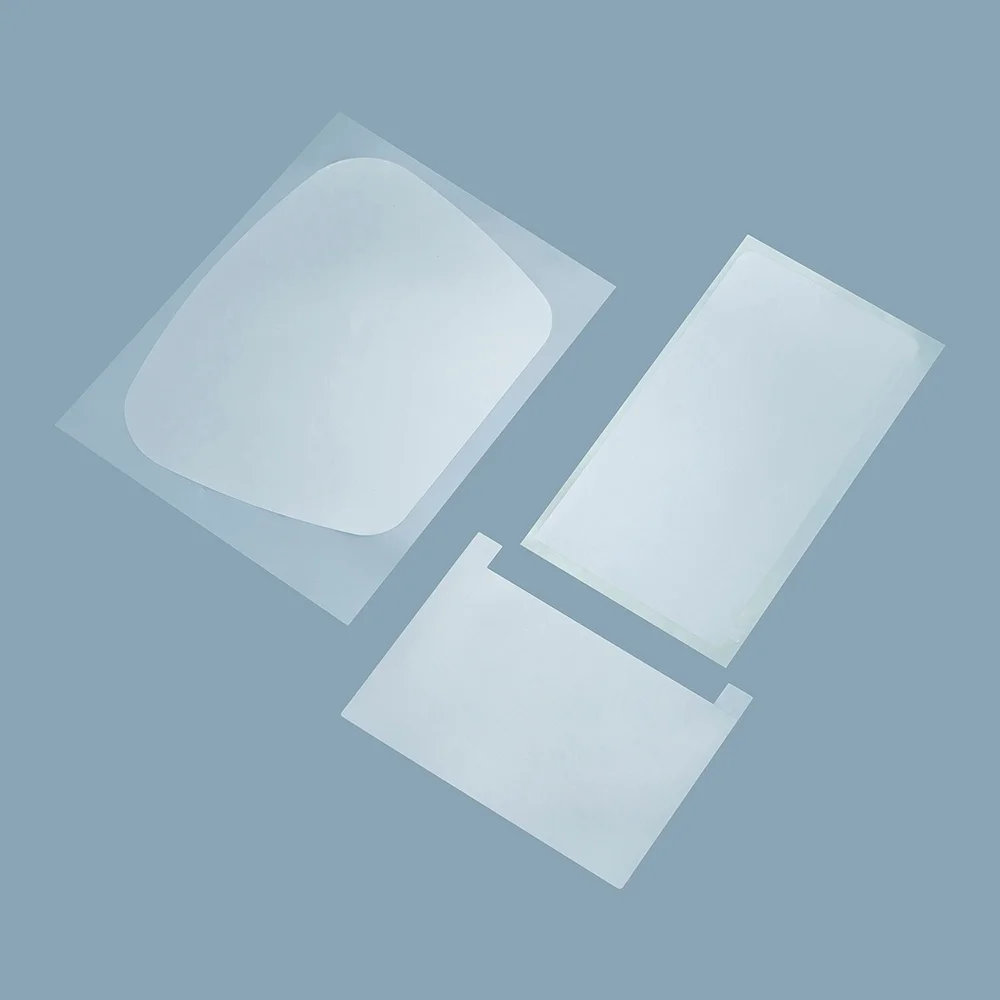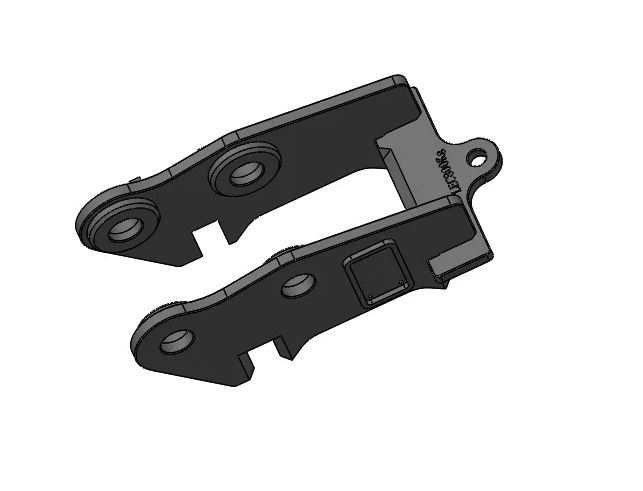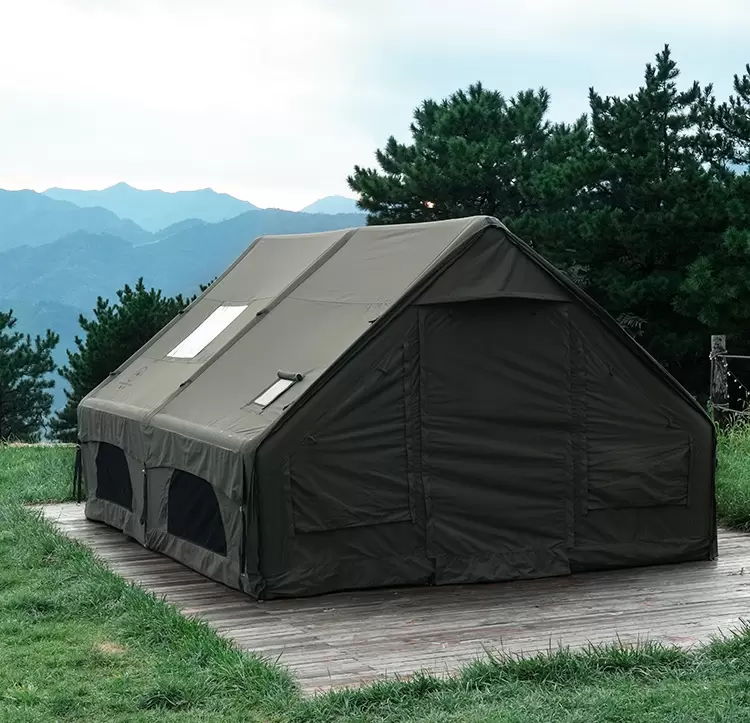When venturing into the world of electronics, one of the fundamental skills you will need to master is connecting a resistor to a power supply. This seemingly simple task is crucial for various applications, from basic circuit design to complex electronic systems. In this article, we will delve into the intricacies of this process, exploring the theoretical underpinnings, practical considerations, and common pitfalls to avoid.
Understanding Resistors and Power Supplies
Before we dive into the connection process, it’s essential to understand the roles of resistors and power supplies in an electronic circuit.
Resistors are passive components that limit the flow of electric current. They are characterized by their resistance value, measured in ohms (Ω), and are used to control voltage and current levels within a circuit.
Power supplies, on the other hand, provide the necessary voltage and current to power electronic devices. They can be either AC (alternating current) or DC (direct current), with DC power supplies being the most common in low-voltage applications.
Step-by-Step Guide to Connecting a Resistor to a Power Supply
- Gather Your Components
Before you begin, ensure you have the following components:
- A resistor with a known resistance value
- A compatible power supply (DC or AC, depending on your circuit requirements)
- Connecting wires
- A breadboard or circuit board (optional, for prototyping)
- A multimeter (for testing)
- Determine the Circuit Configuration
The first step in connecting a resistor to a power supply is to determine the circuit configuration. The most common configurations are series and parallel connections.
- Series Connection: In a series circuit, components are connected end-to-end, and the same current flows through each component. This configuration is useful when you want to increase the total resistance in the circuit.
- Parallel Connection: In a parallel circuit, components are connected across the same voltage source, allowing multiple paths for current to flow. This configuration is beneficial when you want to maintain the same voltage across components while reducing the overall resistance.
- Calculate the Required Resistance
Using Ohm’s Law (V = IR), where V is voltage, I is current, and R is resistance, calculate the required resistance for your application. This calculation will help you select the appropriate resistor value to ensure your circuit operates safely and effectively.
- Connect the Resistor to the Power Supply
- For a Series Connection:
- Connect one terminal of the resistor to the positive terminal of the power supply.
- Connect the other terminal of the resistor to the load (e.g., an LED, motor, etc.).
- Finally, connect the load back to the negative terminal of the power supply to complete the circuit.
- For a Parallel Connection:
- Connect one terminal of the resistor to the positive terminal of the power supply.
- Connect the other terminal of the resistor to the corresponding terminal of the load.
- Connect the load back to the negative terminal of the power supply.
- Testing the Circuit
Once the connections are made, it’s crucial to test the circuit to ensure everything is functioning correctly. Use a multimeter to measure the voltage across the resistor and the current flowing through it. This step will help you verify that the resistor is performing as expected and that there are no short circuits or other issues.
Common Pitfalls to Avoid
While connecting a resistor to a power supply may seem straightforward, several common mistakes can lead to circuit failure or component damage:
- Incorrect Resistor Value: Always double-check the resistance value before connecting it to the power supply. Using a resistor with too low a value can result in excessive current flow, potentially damaging the resistor or other components.
- Polarity Issues: For DC power supplies, ensure that you connect the positive and negative terminals correctly. Reversing the polarity can damage sensitive components.
- Overheating: Resistors dissipate heat based on the power they handle (P = I²R). Ensure that the resistor can handle the power without overheating. If necessary, use a resistor with a higher power rating or add a heat sink.
Conclusion
Connecting a resistor to a power supply is a fundamental skill in electronics that lays the groundwork for more complex projects. By understanding the principles behind resistors and power supplies, calculating the necessary resistance, and following proper connection techniques, you can create reliable and efficient circuits. Remember to test your connections and avoid common pitfalls to ensure your projects are successful. With practice, you will gain confidence in your ability to design and build electronic circuits that meet your needs.



